How to choose a wet mop?
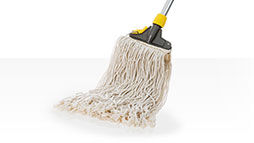

It may seem that a mop is just a mop and there’s no point in elaborating on it. However, not all mops are created equal, and even within string mops, there are differences. The varying properties and specifications of mops affect how we use them and for which tasks. The speed and quality of our cleaning depend on whether we use the right mop for the job. Using a mop not suited for a particular task will result in slower cleaning and a floor that is not as clean as it should be.
What types of string mops do we distinguish?
Mops with cut ends
This type of mop is among the cheapest and is quite commonly found. Due to their specific ends, these mops cannot be washed, so they are sometimes used until they are very dirty and then thrown away. They absorb liquids well, but the amount of water they can absorb is less compared to other mops.
Looped-end string mops
A mop with looped strings cleans a larger area than a mop with cut ends. These mops absorb water well and can hold a significant amount of water. They are also durable and can be machine washed, unless otherwise specified by the manufacturer (which sometimes happens with cotton mops).
Microfiber mops
Microfiber (also known as microfibre) consists of synthetic fibers made from polyester and polyamide. They capture dirt excellently and do not spread it while washing the floor. Microfiber mops are considered the most sanitary. A microfiber mop can absorb up to 7 times its weight, meaning if the mop weighs 300 g, it can absorb up to 2 liters of water. High-quality microfiber mops can be washed up to 500 times and still remain intact. Additionally, they are hypoallergenic and sometimes even antibacterial if they have special additives. Another significant advantage of microfiber mops is that they are safe for the cleaned surfaces, meaning they do not cause scratches or other damage.
What properties do string mops have?
Weaving quality
For woven mops, the number of fibers used to create a single thread significantly impacts the mop's absorbency and durability. Quantity must be accompanied by quality because a large number of low-quality fibers is a worse choice than a smaller number of high-quality ones. Good-quality fibers will not fray, will absorb water better, and will retain color longer.
Liquid absorption
The amount of liquid a mop can absorb is related to the mop's size, weight, and type of fibers. The more looped or unlooped strings a mop has, and the thicker and heavier they are, the more water the mop will absorb. It has not yet been definitively determined whether microfiber or cotton fibers are more absorbent since microfiber varies in composition, and not all cotton is the same quality.
Mounting
Mops can be mounted in several ways, the most common being:
- mounting via a threaded pin
- mounting by threading the mop through the middle using a steel wire, where the mop has a strip of material in the center
- mounting by placing the mop on a steel wire, where the mop has a narrow slit in the material at the very top
Antibacterial properties
Some mops have antibacterial additives in their fibers that slow down degradation by preventing the growth of bacteria, mold, and yeast. An additional advantage of such mops is that they do not develop unpleasant odors.
How to care for string mops?
- Before washing the floor, thoroughly rinse the mop under hot water to remove contaminants
- Do not spin the mop in a wringer to avoid fraying the fibers
- After washing the floor, soak the mop in hot water for 10 minutes, then wring it out
- Do not leave the mop in dirty water for a long time
- If possible, mops should be hung up
- Washing mops under proper conditions prevents germs and keeps them in good condition
- Bleach should not be used on microfiber mops, but mold removers can be used
All rights reserved. No part of this publication (text, graphics, images, photos, files, and other data) presented on the OLE.PL online store may be reproduced or distributed in any form or by any means without prior permission. All trademarks, graphic marks, brand names, and other data are protected by copyright and belong to their respective owners.









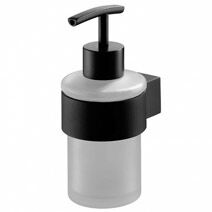




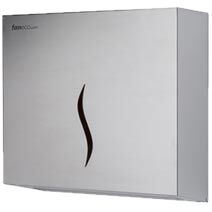











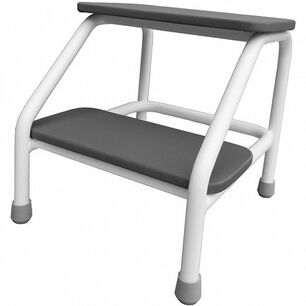

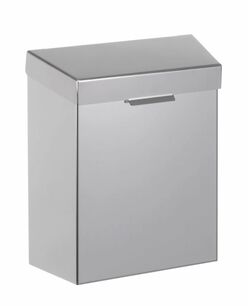
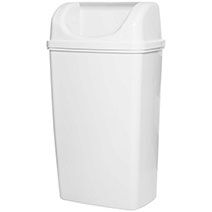







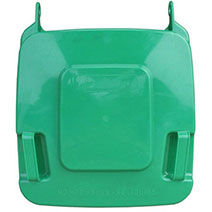

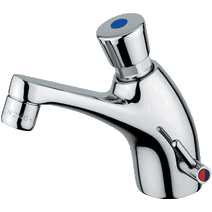


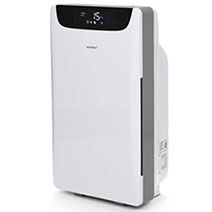
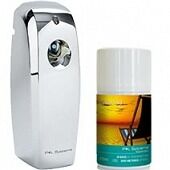









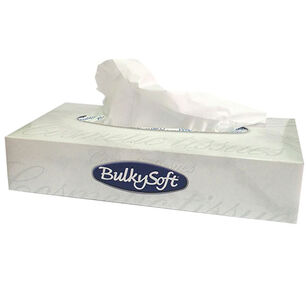







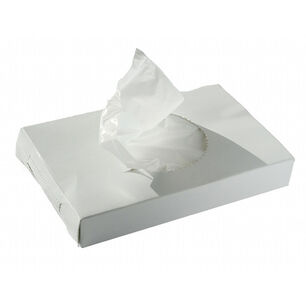







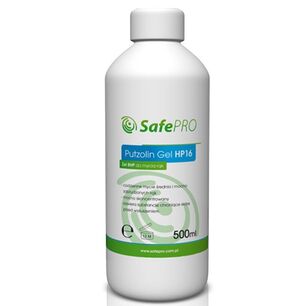




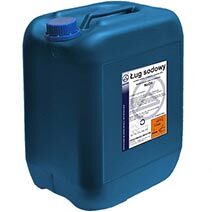



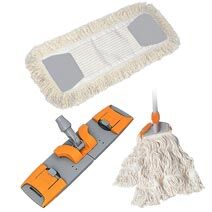



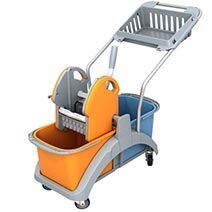
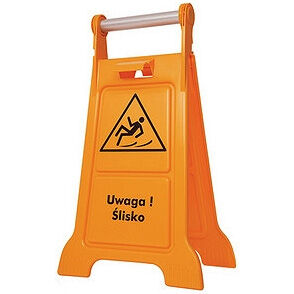


 Polski
Polski
 Czech
Czech
 German
German
 Spanish
Spanish
 Slovak
Slovak